1. Mary Anderson
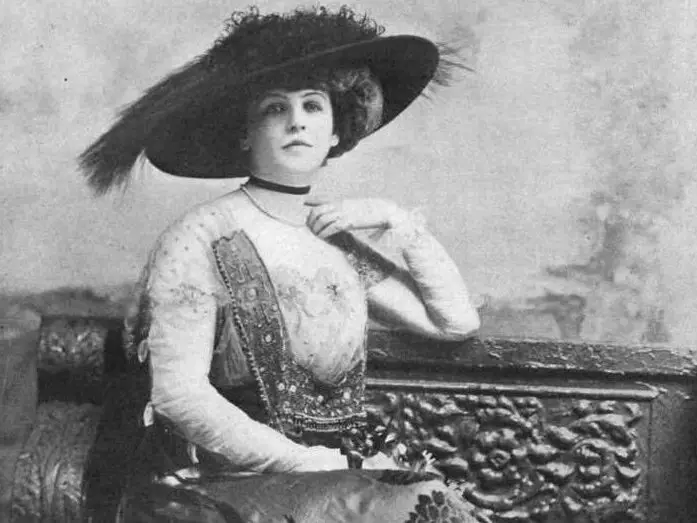
Ever curse at your windshield wipers when they don’t work fast enough? You can thank Mary Anderson for inventing them in the first place. Back in 1903, she noticed streetcar drivers had to open their windows to wipe off sleet and snow. That’s when she came up with the swinging arm device operated from inside the car—basically the blueprint for modern wipers shares History.com.
Even though her idea was clever and totally useful, car companies at the time didn’t think it was worth investing in. It wasn’t until after her patent expired that the design really took off. Still, Anderson paved the way for safer driving—especially in bad weather. Not bad for a woman whose invention was initially dismissed just because she was ahead of her time adds NPR.
2. Margaret Knight

If you’ve ever packed your lunch in a paper bag, you’ve got Margaret Knight to thank. In the 1860s, she created a machine that could fold and glue flat-bottomed paper bags—something that sounds simple now but revolutionized packaging. Before her design, bags were shaped more like envelopes and couldn’t hold much shares the New York Times.
Knight was a force in a male-dominated industry, even taking a man to court who tried to steal her idea. And she won! Over her lifetime, she received over two dozen patents and created dozens more inventions. She was dubbed “the female Edison,” which honestly feels like an understatement when you learn just how creative she really was explains Forbes.
3. Tabitha Babbitt
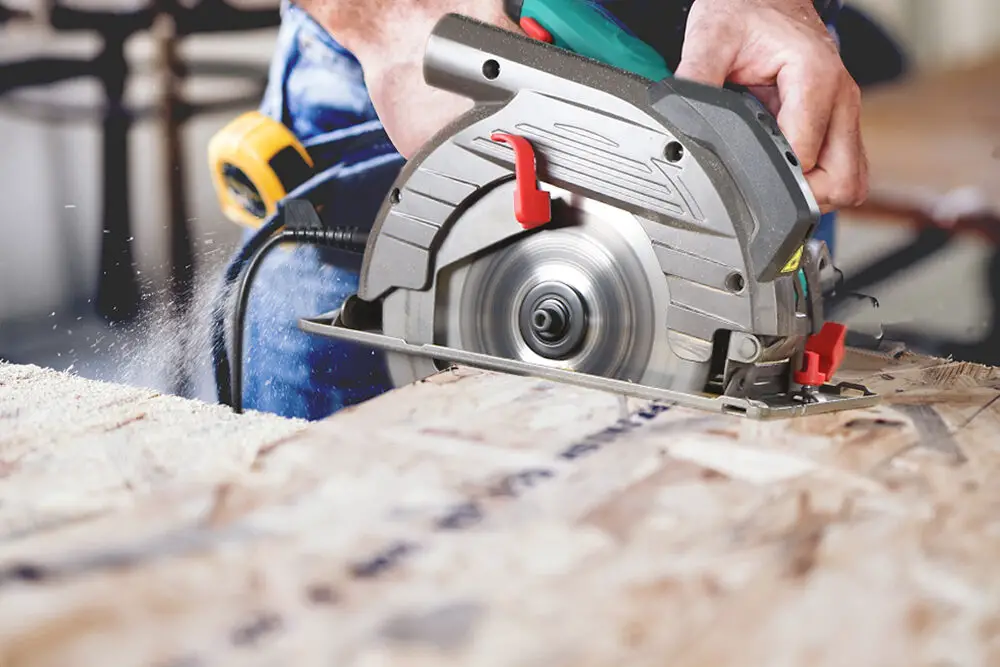
Imagine trying to saw wood with a two-person saw when you’re working alone. That’s exactly the problem Tabitha Babbitt noticed in the early 1800s, so she invented the first circular saw. She was a Shaker—a member of a religious community—and believed work should be efficient and purposeful.
Though she never patented the saw herself (Shakers believed in community ownership), her design was quickly adopted and became the standard in mills. Her version allowed for continuous cutting, saving time and energy. It might seem like a small change, but it completely shifted how lumber was processed. And yet, her name is rarely mentioned in woodworking history.
4. Josephine Cochrane
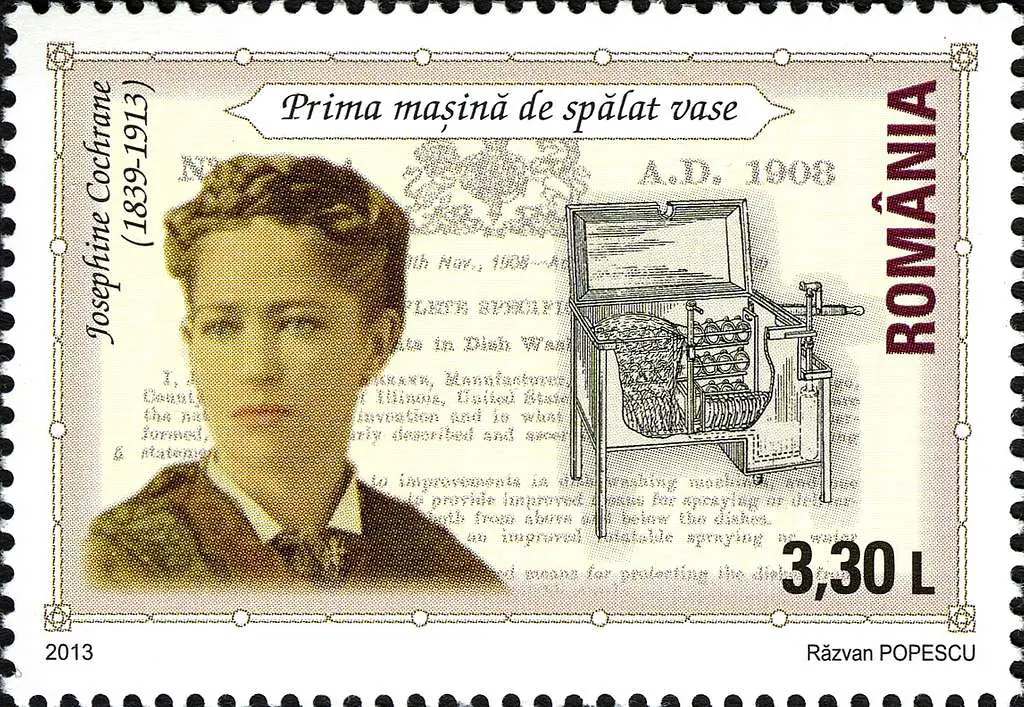
Washing dishes is nobody’s favorite chore, and Josephine Cochrane felt the same—except she actually did something about it. In 1886, she patented the first practical dishwasher. She was tired of her fine china being chipped by careless hands, so she built a machine that used water pressure instead of scrubbers.
Cochrane even designed it herself when mechanics doubted her ability. She debuted the invention at the 1893 World’s Fair, and hotels and restaurants jumped on it. Sadly, it didn’t catch on in homes until after her death. Still, her invention quietly transformed kitchens forever.
5. Alice H. Parker

When you’re cozy in your warm home during winter, think of Alice H. Parker. In 1919, she came up with a gas-powered central heating system that allowed for thermostatic control and individual room heating. That might not sound revolutionary now, but at the time, people relied on coal or wood fireplaces to heat a single room.
Her invention was one of the early inspirations for the modern forced air furnace. As a Black woman in the early 20th century, Parker broke through enormous barriers just to get her patent approved. Although her system wasn’t built exactly as patented, it set the stage for better heating solutions. And let’s be real, it’s hard to imagine life without central heating today.
6. Marion Donovan
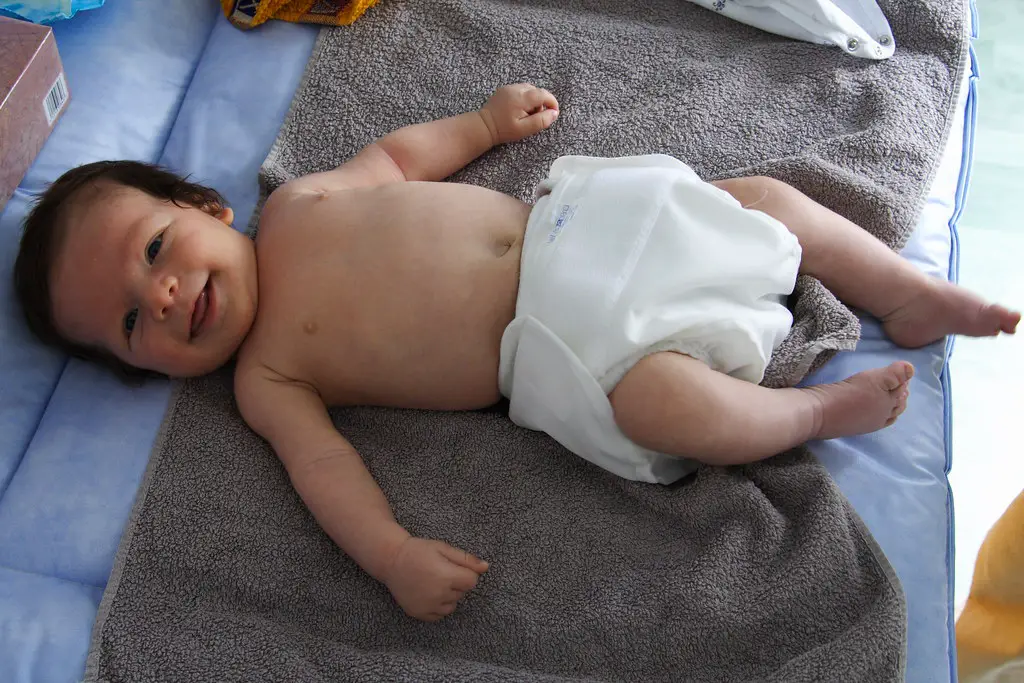
Diaper changes are no one’s favorite, but Marion Donovan made them a whole lot easier. In the 1940s, she invented the first waterproof disposable diaper cover using shower curtain material and snaps instead of safety pins. She was a mother of three who was tired of constantly washing cloth diapers.
At first, people thought she was a little out there—until her product sold like crazy. Later, she even developed a fully disposable diaper, though it took years for companies to take her seriously. Eventually, big brands caught on and brought disposables to the mainstream. Thanks to Donovan, countless parents have saved time, sanity, and laundry loads.
7. Bette Nesmith Graham
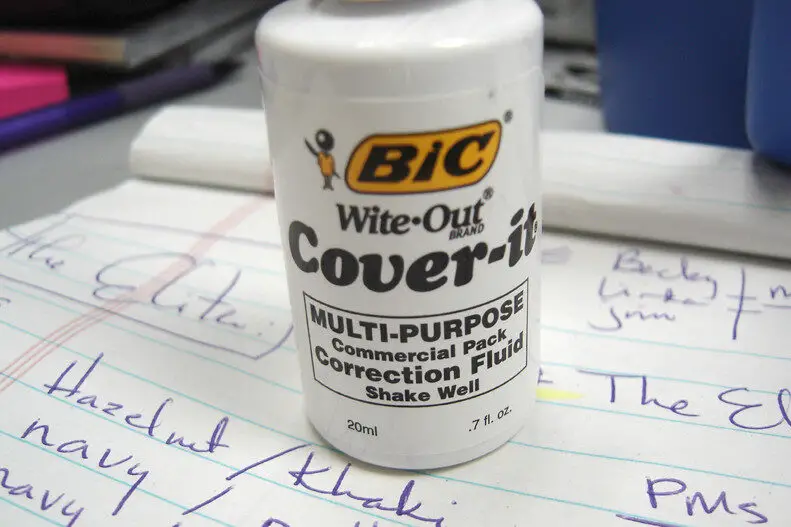
Typos used to be a nightmare—especially if you were using a typewriter. Bette Nesmith Graham, a secretary and single mom in the 1950s, decided to fix that problem herself. She invented Liquid Paper, a white correction fluid that let people fix mistakes without starting over.
She originally called it “Mistake Out” and mixed batches in her kitchen. For years, she sold it out of her garage while raising her son (who later became a member of The Monkees). Eventually, she turned her invention into a multimillion-dollar company. All because she couldn’t stand erasing carbon paper.
8. Stephanie Kwolek
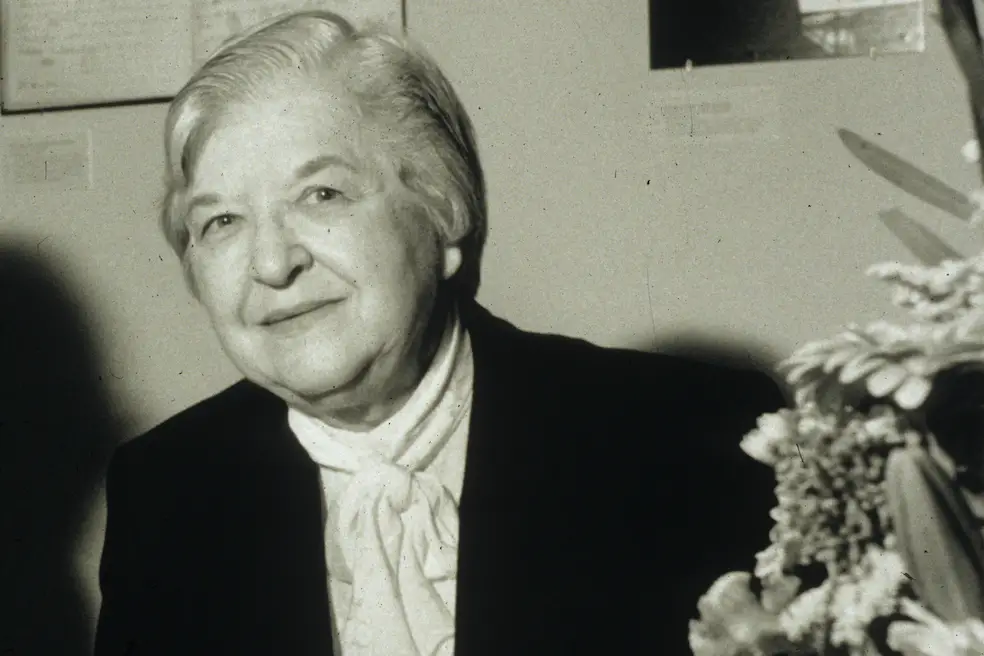
Most of us don’t think twice about seatbelts or body armor, but Stephanie Kwolek’s invention makes modern protection possible. In 1965, while working as a chemist, she created Kevlar—a super-strong, lightweight fiber. It’s five times stronger than steel and now used in everything from bulletproof vests to sports equipment.
Kwolek wasn’t even trying to invent something so groundbreaking; she was researching strong fibers for car tires. But once she realized what she had, she pushed for more testing. Her discovery has saved countless lives and redefined safety gear. And yet, most people have no idea her name is behind it.
9. Dr. Shirley Jackson
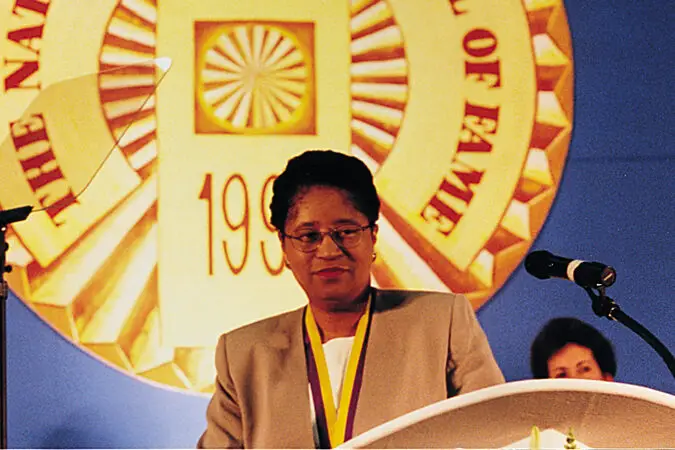
Ever use caller ID or call waiting? You’ve got Dr. Shirley Jackson to thank for that. She was the first Black woman to earn a PhD from MIT in physics, and her research at Bell Labs led to major breakthroughs in telecommunications.
Her work helped pave the way for portable fax machines, fiber optic cables, and touch-tone phones. And while she wasn’t the one selling the gadgets, her theoretical work made them possible. Jackson also became the president of Rensselaer Polytechnic Institute, proving she’s just as influential in academia. Her behind-the-scenes brilliance touches nearly every phone call you make today.
10. Ann Tsukamoto
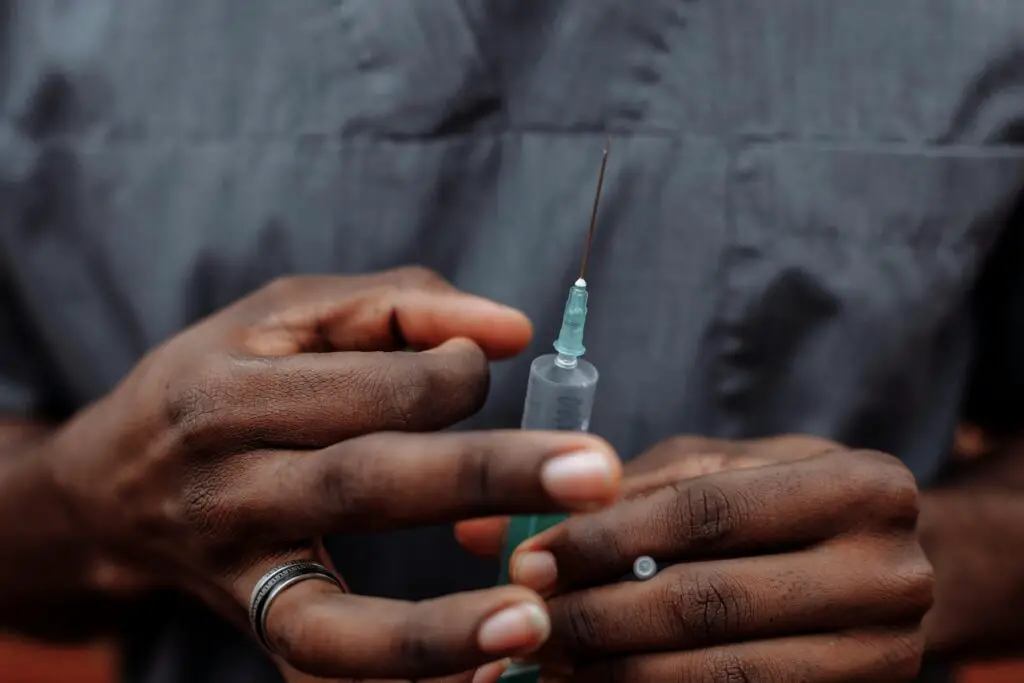
Cancer research has made incredible strides in the past few decades, and Ann Tsukamoto is one big reason why. In 1991, she co-patented the process to isolate human stem cells. That discovery has helped researchers better understand cancer and develop new treatments.
She’s also made big contributions to bone marrow transplants and regenerative medicine. Tsukamoto’s work has helped save countless lives, even though she’s far from a household name. Her focus has always been on the science, not the spotlight. But without her, modern medicine would look very different.
11. Ellen Ochoa
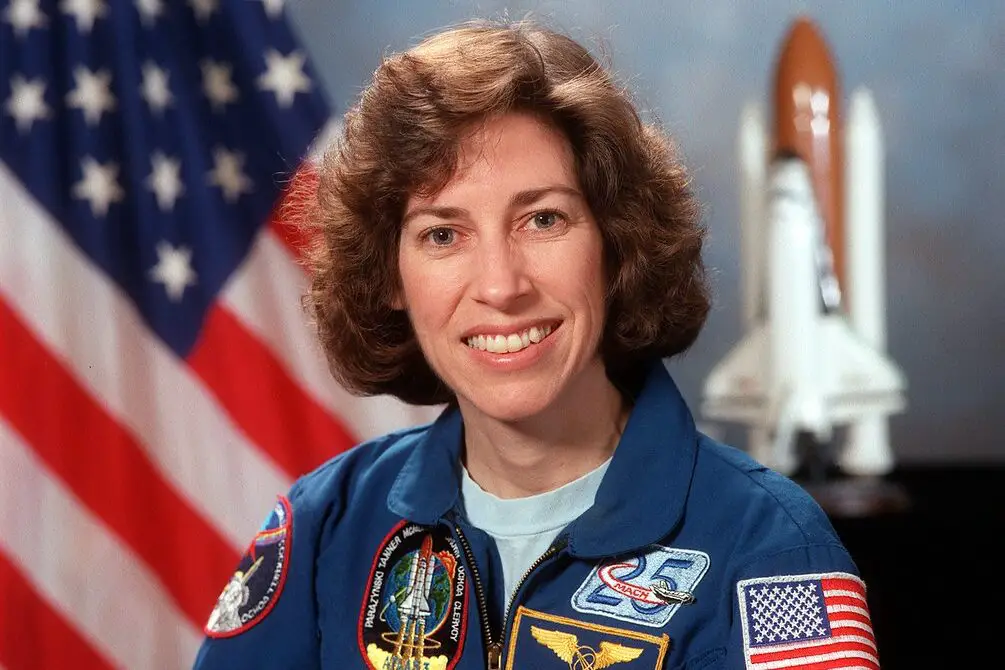
Okay, so she’s more known as the first Hispanic woman in space—but Ellen Ochoa is also an inventor. Before she ever flew on a shuttle, she developed optical systems to detect flaws in repeating patterns—think circuit boards or industrial parts. Her work made automation smarter and more precise.
Ochoa holds multiple patents and has balanced science, space, and leadership roles with ease. She later became the director of NASA’s Johnson Space Center, showing young women everywhere what’s possible. And her inventions? They’re still being used in manufacturing today. Not bad for someone who started out dreaming about the stars.
12. Patsy O. Sherman
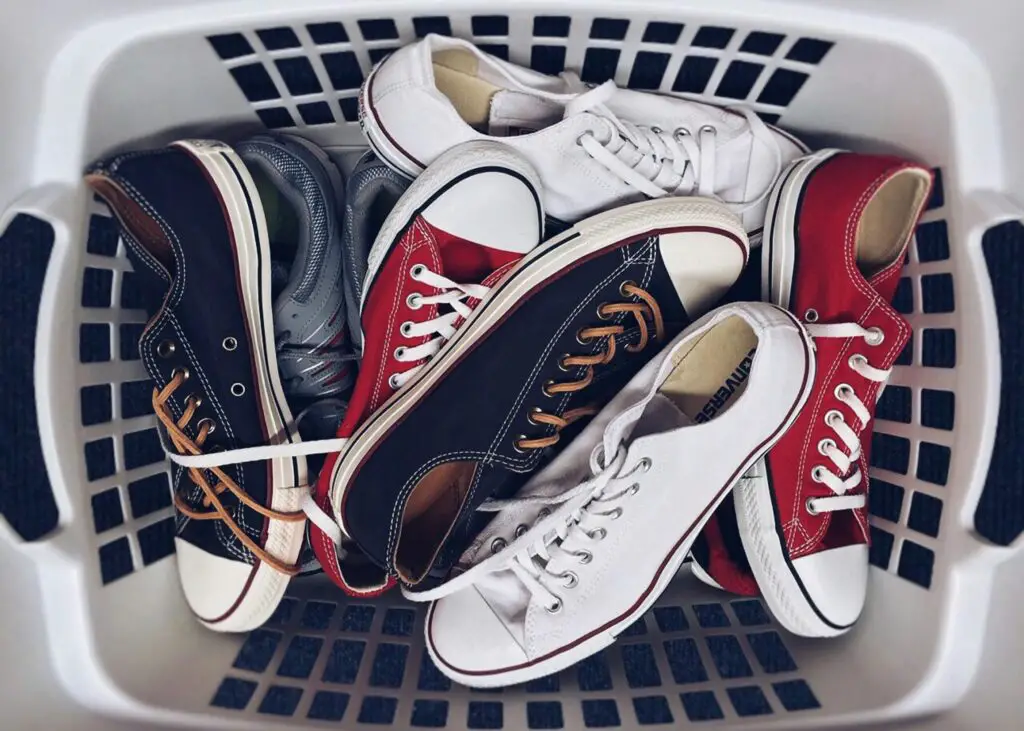
Got a pair of sneakers that repel water? You can thank Patsy O. Sherman, who co-invented Scotchgard. She was a chemist at 3M in the 1950s when a lab spill on a colleague’s shoe led to a discovery: the substance wouldn’t wash out—and repelled water and oil.
She and her team turned that accident into a product that changed the textile industry. Sherman broke ground not just in chemistry, but also in being one of the few women scientists at the company. Her invention has been protecting clothes, furniture, and carpets for decades now. All from a curious mind and a little mess in the lab.
13. Dr. Temple Grandin
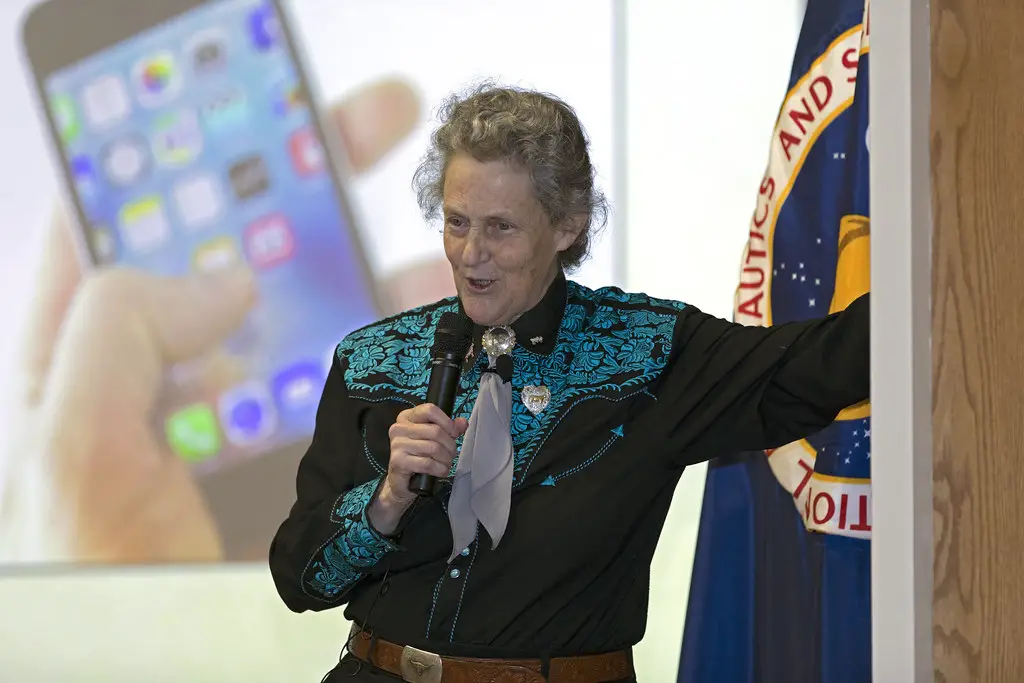
While she’s best known as an advocate for autism awareness, Dr. Temple Grandin also revolutionized the livestock industry. She designed humane handling systems that significantly reduce stress on animals. Her work has been adopted in over half the livestock facilities in the U.S.
What makes her approach so unique is her ability to think visually, which she credits to her autism. She noticed things others missed—like how shadows or sharp turns might panic animals. Grandin turned empathy into engineering, making the industry more ethical. Her designs have quietly changed how food systems work, one ramp at a time.
